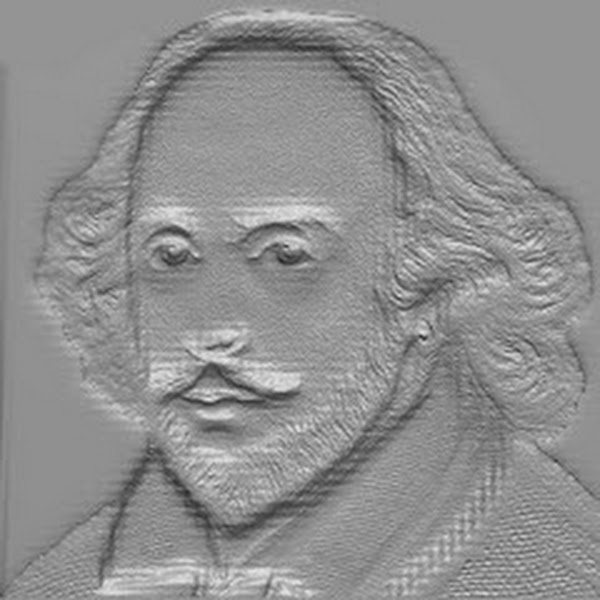Answer:
Ferdinand de Saussure is one of the most prominent figures in linguistics. He is a linguist, philosopher, and semiotician of the 20th century. He was born in Geneva, Switzerland on November 26, 1857. Saussure is the pioneer in expanding the area of linguistics to further development. According to him, linguistics is a branch of the general science of signs that he called ‘semiology’ which later got the name ‘semiotics’. He wrote the book Course in General Linguistics in 1916 as one of the semional works in linguistics of the 20th century.
Saussure’s contributions
In the book, Saussure argues that language can be analyzed as a formal system of organized differences, apart from the haphazard dialectics of immediate real-life production and comprehension. Another phenomenal work was on Indo-European philology which helped develop ‘Laryngeal Theory.” He developed Structuralism by trying to explain the systematic predictive hypothesis from known linguistic data to unknown linguistic data.
Saussure influenced two different theories through his contribution to the field of linguistics. In Europe, it was Prague School were another two prominent figures Nikolay Trubetzkoy and Roman Jakobson took the study ever further. Based on the Saussurean hypothesis, Jakobson universalizes the structural-functional theory of phonology. In America, Leonard Bloomfield developed ‘distributionalism’ getting influenced by Saussure. But his biggest influence was on “Systematic Functional Linguistics.”
However, Saussure not only influenced linguistics but also other branches of knowledge. His theory about structuralism influenced several other intellectuals in developing different theories. For example, Ronald Barthes, and Jacques Lacan along with others were highly influenced by Saussure. They used the knowledge in their own field as philosophy, psychoanalysis, anthropology, etc.
Saussure introduced the terms “synchronic” and “diachronic”. Language when studied synchronically is taken as a complete system at a given point in time. When it is studied diachronically, it is about historical developments.

Here the AB axis refers to the synchronic axis which means “studying the language at a given point of time.” On the other hand, the CD axis refers to the diachronic axis which is the historical development.
Concept of Langue and Parole
According to Saussure, ‘language’ is a system of signs that express ideas. He divided it into two components- langue and parole. Langue means the abstract system of language. On the other hand, parole refers to speech which is the practice of language in everyday life. Saussure saw language as a social product instead of simply being a natural organism. So language is not a function of the speaker rather it is passively assimilated. And the act of speaking is a premeditated act.
In a nutshell, langue represents a system of rules, usages, meanings, and structures that are human production of their ability to create a language and share it with other members of the speech community. Parole’ is equivalent to speech. It is the concrete realization of a collectively- internalized system. It also reflects the personality, creativity, and psychological capabilities of the speaker.
Also, parole is always dependent on langue. But it is the practical use of langue. So without parole, langue can be never traced.
 CSP
CSP